226 CD / Wolfgang Amadeus Mozart
Description
The latest CD from Evgeni Korioliov offers a new and, at the same time, old answer to the question of whether there is any point in bringing out discs today that have been recorded a hundred times before. Mozart KV 330 etc. - many people are rolling their eyes at it, but only until they hear the first few notes. This music has never been heard like this before. The mobile phone falls into their lap, the computer mouse is still. The ears really want to give it their full attention. Some of the nagging stress of everyday life evaporates. Time drifts by. It makes you happy to watch this. This is actually what music should always do.
In the midst of all this pleasure, it's easy to forget that the artful way in which this is achieved isn't thanks to any old pianist. Evgeni Koroliov doesn't go looking for recognition. He calmly takes us by the hand and shows us the beautiful, hidden corners in Mozart's music.
5 reviews for 226 CD / Wolfgang Amadeus Mozart
You must be logged in to post a review.

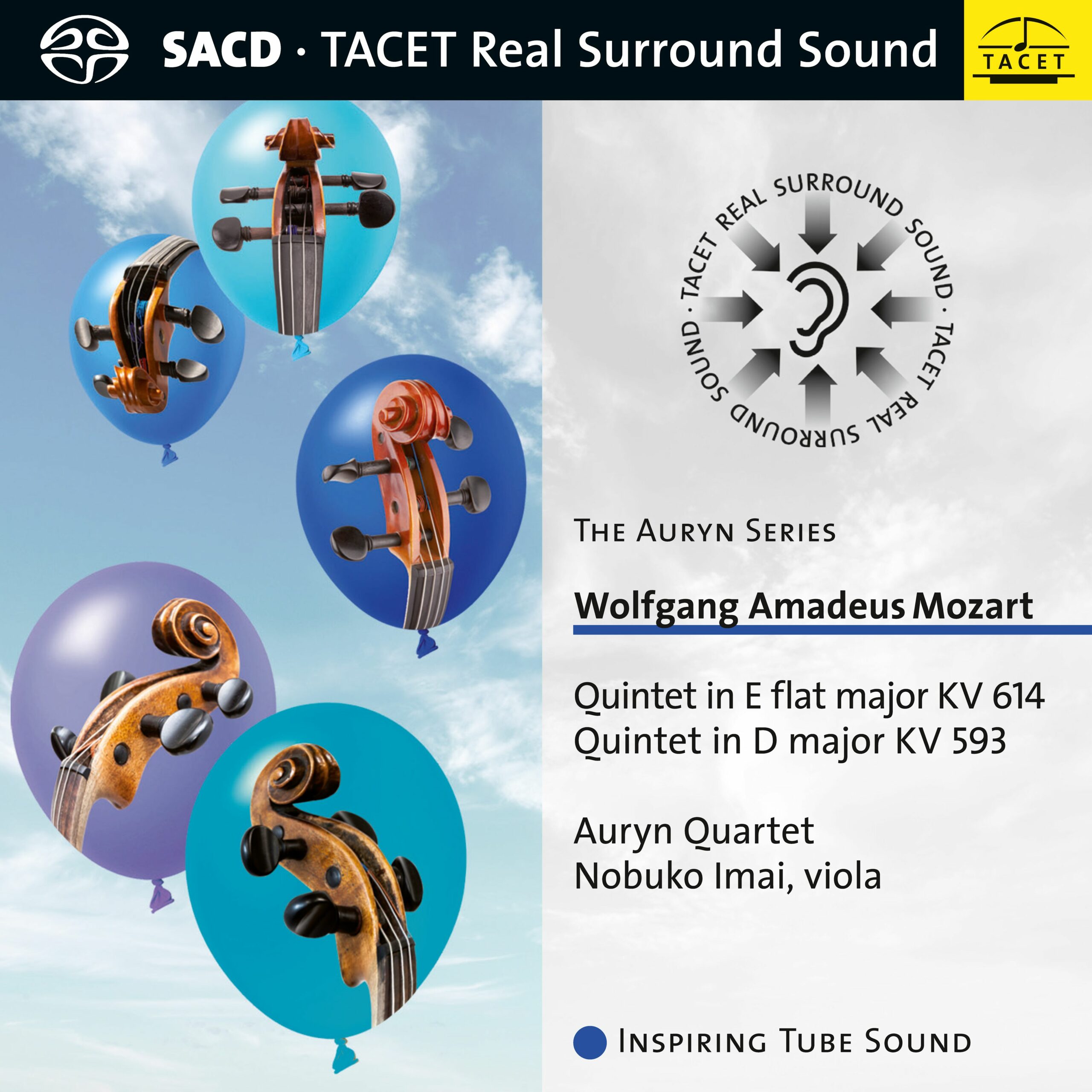
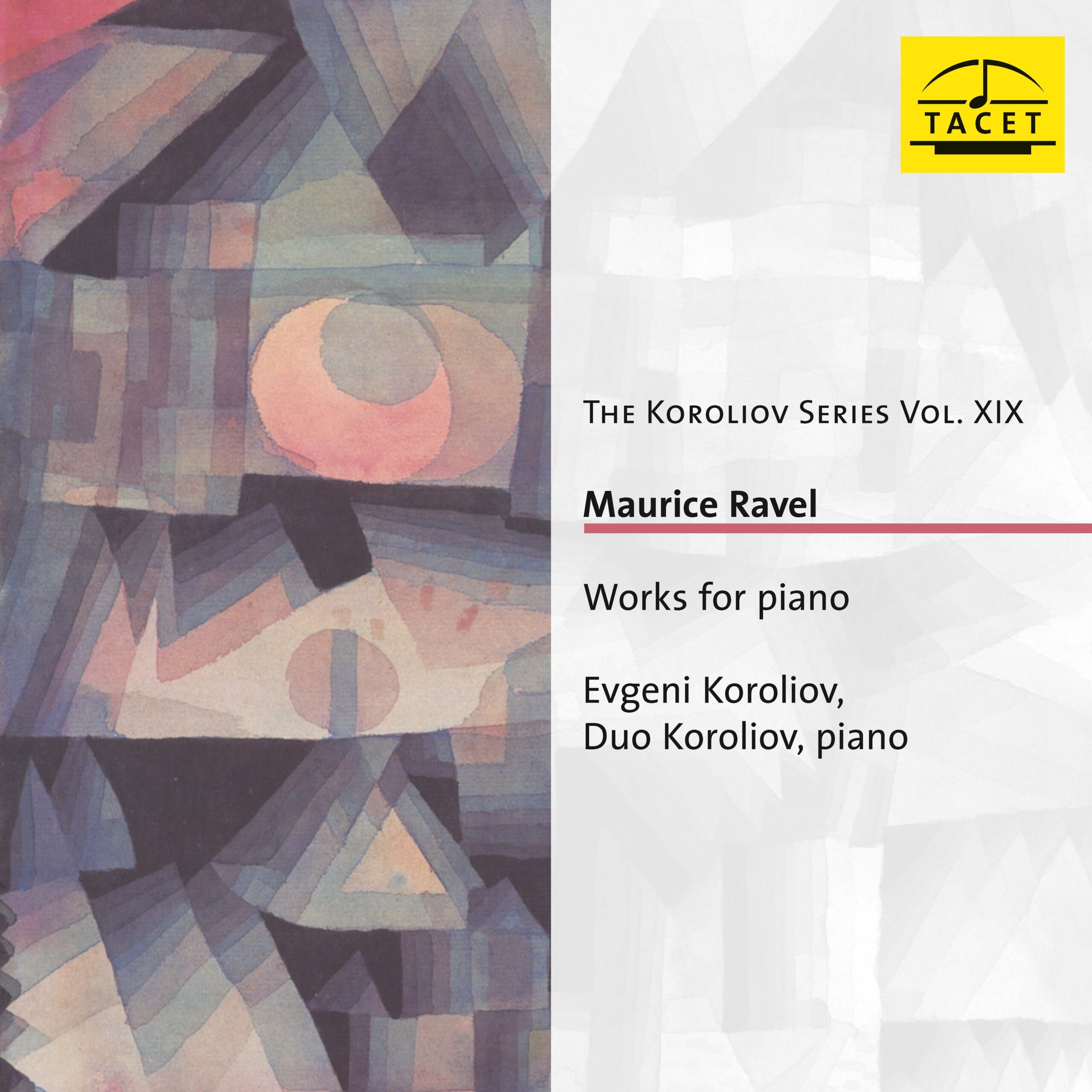
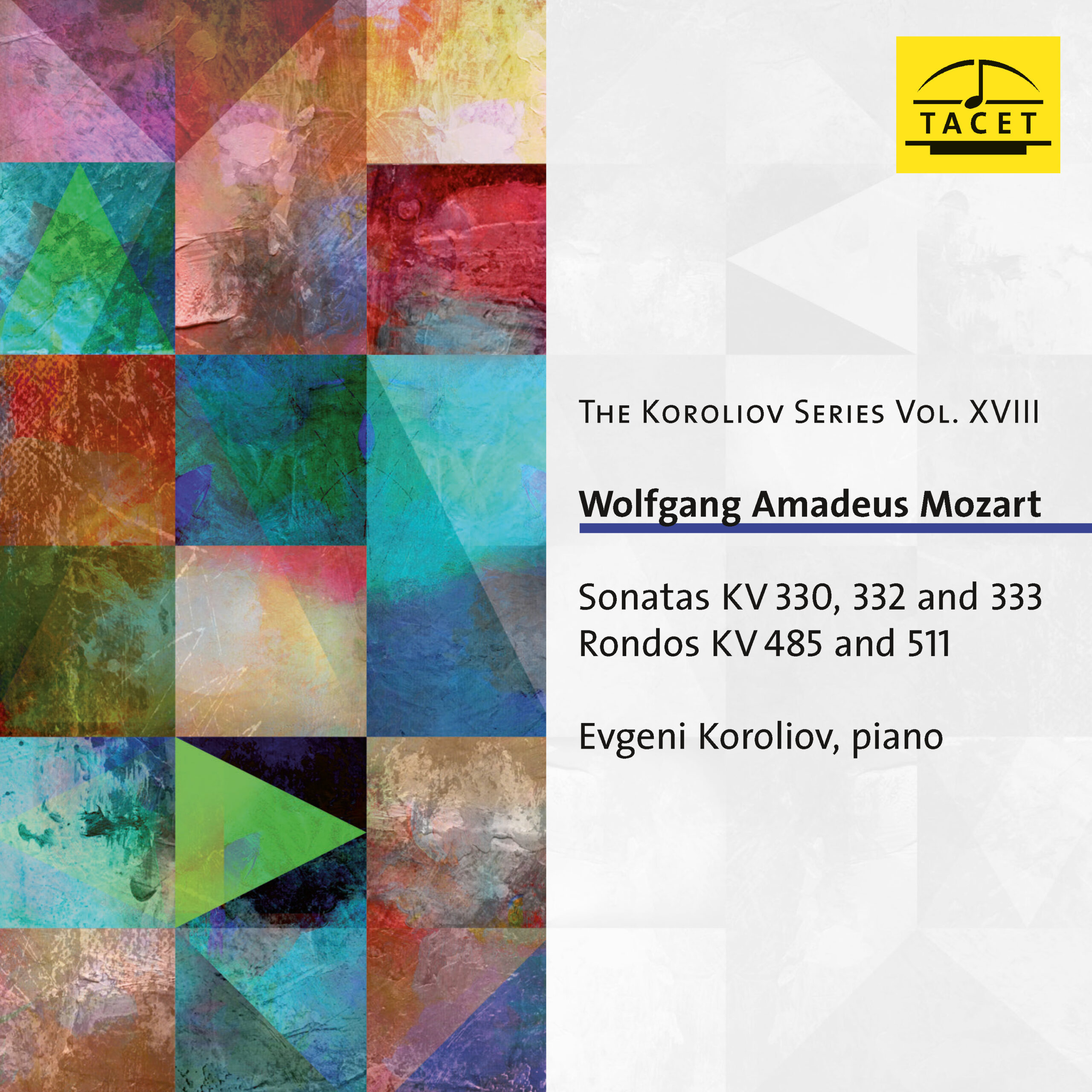
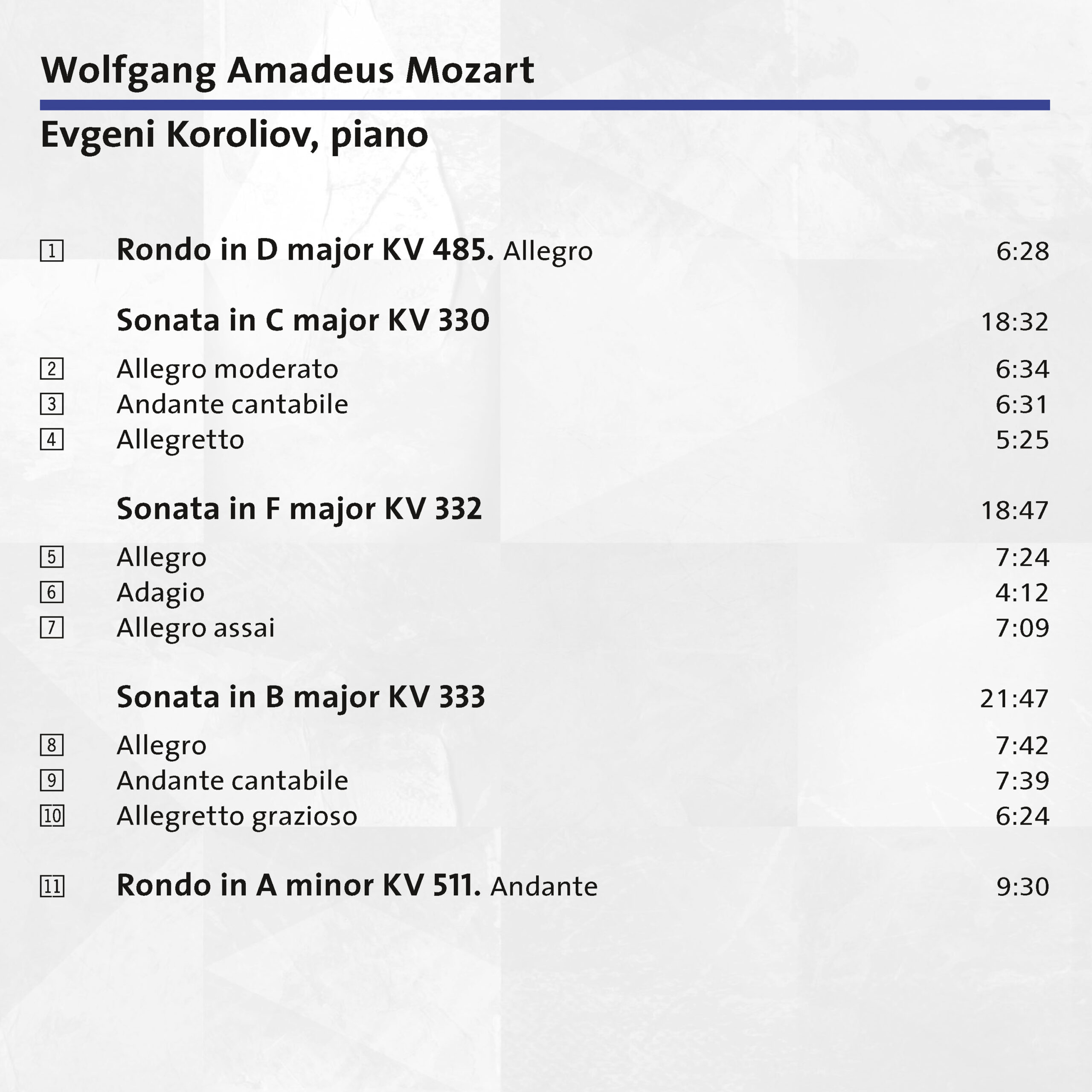

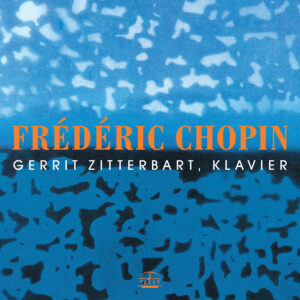
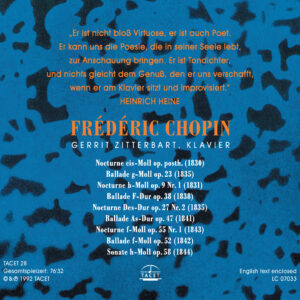
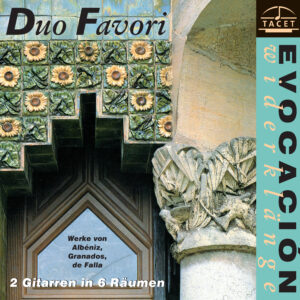
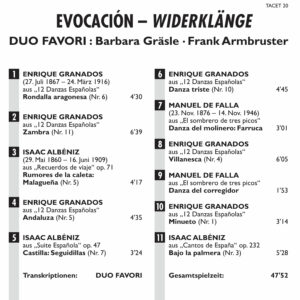
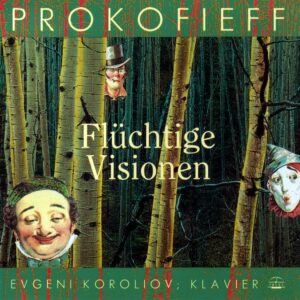
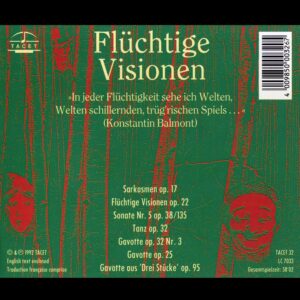
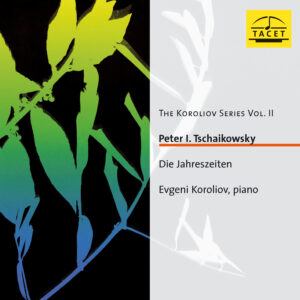
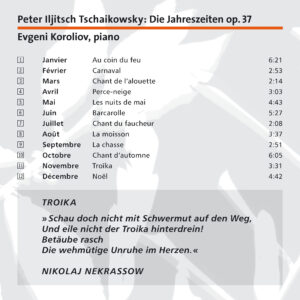
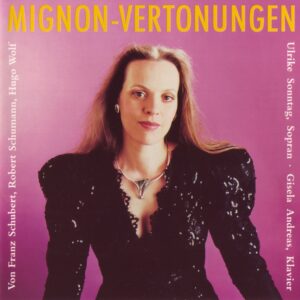
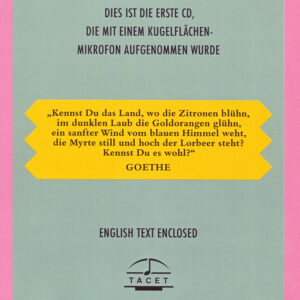
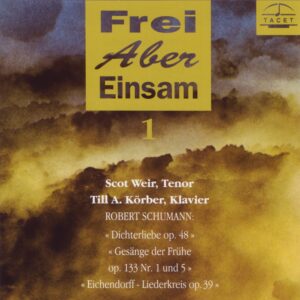
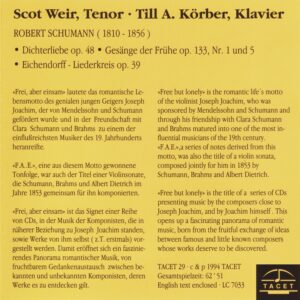
Fanfare Magazin –
Im Jahr 1781, als der Diener des Erzbischofs von Salzburg Mozart mit einem „Tritt in den Hintern“ entließ, wie Mozart seinem Vater berühmt schrieb, fand er sich überglücklich in dem musikverrückten Wien wieder. Doch wie ein heutiger Vater, dessen Sohn einen festen Job bei einem Hedgefonds aufgibt, um sein eigenes Start-up zu gründen, machte sich Leopold Sorgen. Sichere musikalische Anstellungen wurden weniger zahlreich; das launische Wiener Publikum konnte mal warm, mal kalt sein; und öffentliche Abonnementskonzerte, damals der Standardmodus, waren Glückssache. Die genialen Klaviersonaten und Konzerte, die aus Mozarts Vorstellungskraft strömten, verraten heute nicht, ob sie in guten oder schlechten Zeiten entstanden sind. Die Sonaten haben jedoch gemeinsam, dass sie für private Aufführungen vor einem gebildeten Publikum gedacht waren. Es ist überraschend zu erfahren, dass auch zu Beethovens Zeit private Einstellungen dominierten. Er hörte nur eine seiner 32 Klaviersonaten öffentlich aufführen.
The sequence of three sonatas catalogued as K 330–332 is overshadowed by the middle one, K 331, and its Rondo alla turca finale, but the first in the series, Sonata No. 10, is popular enough to be featured in a movie I somehow missed, Sparky’s Magic Piano. It would aid the theory of evolution in music if we could point to how much Mozart was challenged to grow after he arrived in Vienna, where accomplished pianists were in abundance, but in fact the dating of these sonatas has been in doubt. First they were ascribed to the late 1770s in Paris, and although the settled date is now 1783, it’s not certain if Mozart wrote them in Vienna or on a visit to Salzburg to introduce his wife Constanze to Leopold.
Für Zuhörer ist die Musikologie dieser Stücke weniger wichtig als der Aufführungsstil, und die wichtigste Trennlinie verläuft zwischen der historischen Aufführungspraxis und dem hartnäckig überlebenden traditionellen romantischen Stil. Mozarts Verleger bewarb diese Sonaten als geeignet für „clavecin ou piano“, was auf das Nebeneinander von Cembalo und Fortepiano hinweist. (Beethoven wäre der erste Komponist, bemerken seine Biografen, der sich ausschließlich auf das Klavier konzentrierte.) Ein Interpret mit historischer Neigung kann jeden Ausdruck vermeiden, der nicht von Mozart markiert ist, und sich auf das Fehlen von Diminuendo, Crescendo und Legato des Cembalos verlassen. Historisch gesehen setzte sich das Klavier aufgrund dieser Merkmale durch, was Raum für sehr ausdrucksstarken Mozart lässt, den er trotz allem erkannt haben könnte.
The Moscow-born pianist Evgeni Koroliov delivers bold, authoritative playing that comes as a bit of a surprise given that his extensive discography—this is Vol. 18 in Tacet’s Koroliov Edition—features so much Bach. Now 68, Koroliov has been based in Hamburg as a teacher since 1978, and although he doesn’t use much crescendo or dimenuendo, neither does he favor the slightest détaché. As warm waves of sound pour over you, it’s easy to close your eyes and imagine you’re hearing Claudio Arrau. The only concession to period style I could hear lies in Koroliov’s perfectly even touch, which thanks to his musicality doesn’t become mechanical.
Bei der Überprüfung von Koroliovs erster Mozart-Sonaten-Aufnahme aus dem Jahr 2007 auf Profil bemerkt Burton Rothleder die gleichen Eigenschaften: „Sein Ansatz zu Mozart liegt näher an dem von Daniel Barenboim als an dem von András Schiff oder Mitsuko Uchida, das heißt, es gibt eine deutliche Beethoven-Komponente in seinem Angriff“ (Fanfare 30:6). Das reicht aus, um Ihnen zu sagen, ob Ihnen dieses gelungene Recital gefallen wird oder ob Sie den Kopf schütteln. Die frühere Scheibe enthielt die Sonate Nr. 11, aber die beiden sie umgebenden sind ebenso schön, anmutig und melodisch. Komplexer und ehrgeiziger ist die Sonate Nr. 13, K 333, die uns das Programm informiert, ist ihrem Finale fast einem Konzert ähnlich, mit einer kurzen Kadenz. Tatsächlich konnte ich mit diesem Kommentar im Hinterkopf praktisch das Orchesterbegleitement zu einem hinreißenden Solopart hören, der in die Domäne des professionellen Pianisten außerhalb des Salons vordringt.
After the annus mirabilis of 1784, Mozart’s piano writing rose to an unexcelled level, and Koroliov gives us two contrasting Rondos that are equally masterful—the cheerful Rondo in D Major, K 485, which is actually not listed as a rondo by Mozart and has more kinship to a sonata movement, and the sublime Rondo in A Minor, K 511, a searching Andante that does what is usually ascribed to early Beethoven, remaining within the Classical mode while expanding into bolder areas of feeling and harmony. Koroliov’s Beethovenian side isn’t exaggerated here, in two readings that are musically quite satisfying, like everything else on the program. Excellent recorded sound and readable program notes.
Huntley Dent, Fanfare
Pizzicato –
–> zum Originalartikel
Koroliov mit feinem differenziertem Mozart
We have fond memories of Evgeni Koroliov's older Mozart recordings, and so these new interpretations are no surprise. The ease of playing, the sophistication of the touch, the finely controlled agogics, the precision and transparency of the articulation, the beauty of the sound, all of this shows the pianist at his best in this program. So we hear a very differentiated Mozart with beautiful virtuosity in the outer movements and a lot of expressiveness in the slow movements, a Mozart who speaks continuously to the listener and knows a lot to tell him.
Remy Franck, Pizzicato
Concerti –
–> zum Originalartikel
Mozarts Seelenlandschaft –
Evgeni Koroliov besticht als pianistischer Reiseführer ins Mozart-Glück
Evgeni Koroliov is perhaps the loudest, most serious among the important pianists of our time. The Russian, who also held a professorship at the Hamburg University of Music, is a horror of external virtuosity - but this CD with the three Mozart sonatas KV 330, 332, 33 and the rondos KV 485 and KV 511 shows in the most beautiful way what constitutes his great art. Koroliov's captivating upper voice culture, the balance of the sound, his sense of form and measure are only a means to an end for him. Here, figuratively speaking, he acts as a knowledgeable travel guide into Mozart's mental landscapes, in whom the listener can trust wholeheartedly. Hilarity and tragedy, humor and melancholy appear not only as facets of Mozart's genius, but as an expression of a comprehensive humanity. A rare, pure Mozart joy, not least thanks to the excellent recording technology.
Frank Armbruster für Concerti
Klassik heute –
–> zum Originalartikel
Mozart's musical thinking is shaped by the theater. His adept handling of opera from a very young age significantly influences his instrumental compositions as well. The characterization of themes and a truly special quality of timing, despite the somewhat strict formal requirements of the sonata movement, are always to be understood theatrically – unlike in the case of Haydn. This is especially true for Mozart's own instrument, the piano. While the piano concertos are evidently "productions" for a larger audience, his sonatas, though intended for a more intimate setting, are no less theatrical in their plasticity and liveliness. The sonatas from his early years in Vienna (1781-83) were undoubtedly created for a target audience, primarily female pianists. This may serve as justification for an interpretation characterized by sensitivity and coquetry, as exemplified by Mitsuko Uchida (Philips), who indeed turns them into "little pieces for girls," but this only partially does justice to their significance.
Evgeni Koroliov opts for a different approach: In his interpretation, some elements already foreshadow Beethoven, though without preempting the characteristic tonal gestures of Beethoven's piano sonatas. Koroliov's touch remains consistently transparent, possessing the necessary lightness for Mozart, along with astonishing rhythmic precision (trills!), without ever sounding overly sharp in staccato (as heard in Ingrid Haebler's rendition on Denon). However, this never becomes computer-like or sterile, even though, especially in terms of expansive tempo consistency since Sviatoslav Richter, I haven't heard anything similarly impressive. Nothing feels stereotypical – everything remains highly differentiated, and agogics unfold in the most organic way in the smallest spaces. In the slow movements that already approach the contemplation and expressive depth of Mozart's late works (B-flat major Sonata), as well as in the more virtuosic passages (3rd movement of the F major Sonata), Koroliov opens the listener's ears to the future of the Viennese Classical period. Here, a gripping approach and brilliance are also essential – a modern instrument naturally provides these possibilities.
In addition to the three sonatas, the recording also includes the two rondos, K. 485 and K. 511, from 1786/87, which should not be underestimated and are executed just as successfully. I could express my enthusiasm for many details here, but suffice it to say: the 75 minutes of this CD pass by too quickly and are so entertaining and multifaceted that I will undoubtedly be one of many who will listen to the recording several times in a row. This is Mozart in perfection and stands out clearly from the musical monotony that unfortunately all too often accompanies this composer – hence the highest rating.
Also from a recording perspective, the recording is convincing: The Jesus Christ Church in Berlin-Dahlem is almost a guarantee for a successful sound image; however, the Steinway grand piano appears, for reasons unknown, not centered but slightly shifted to the left.
A few important Mozart piano sonatas are still missing in Evgeni Koroliov's discography – so there is hope.
Martin Blaumeiser
Audio 10/2016 –
Following his recordings of Beethoven and Schubert sonatas, Russian pianist Evgeni Koroliov has now expanded his TACET catalog with Mozart. His interpretations of the sonatas and rondos are characterized by seriousness, thoughtfulness, and naturalness. Nothing disrupts the flow of themes or the agility of the forms and proportions, and the acoustics of the Jesus Christ Church in Berlin allow for a sound image that excels in both spatiality and detailed representation. This recording is a wonderful argument for playing Mozart on a modern concert grand piano.
Andreas Luczewicz, Audio